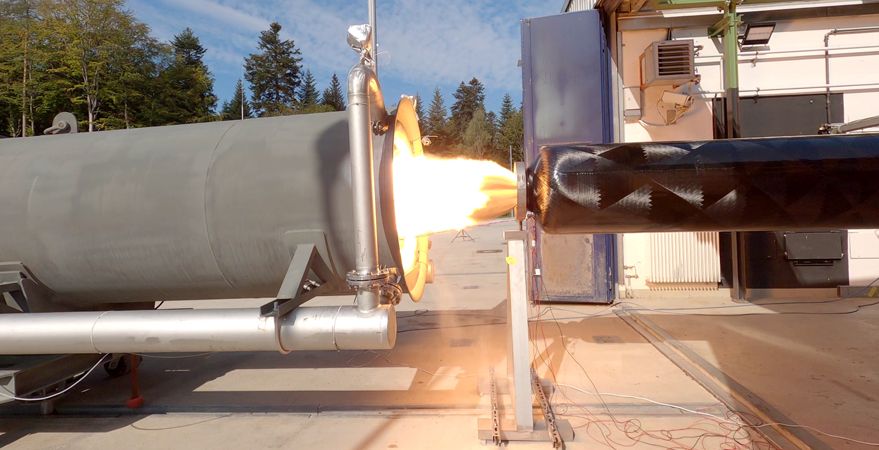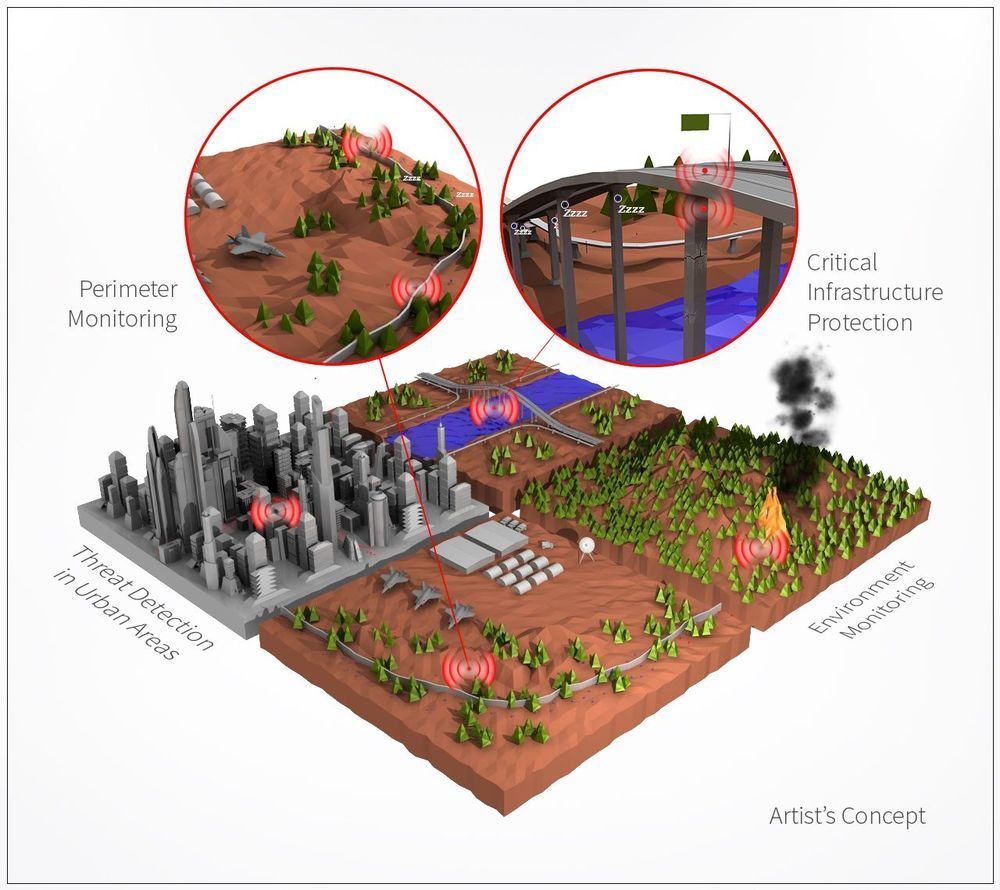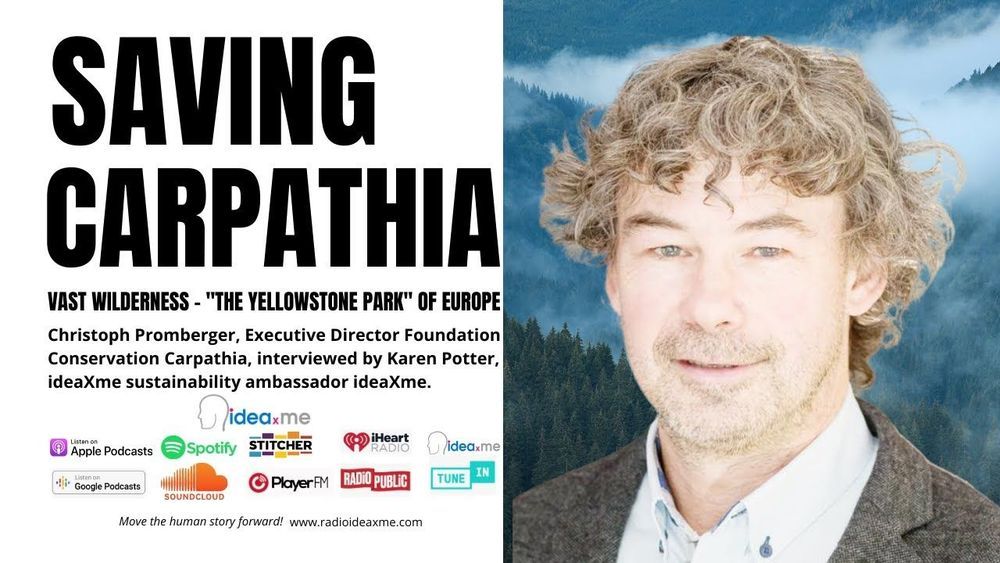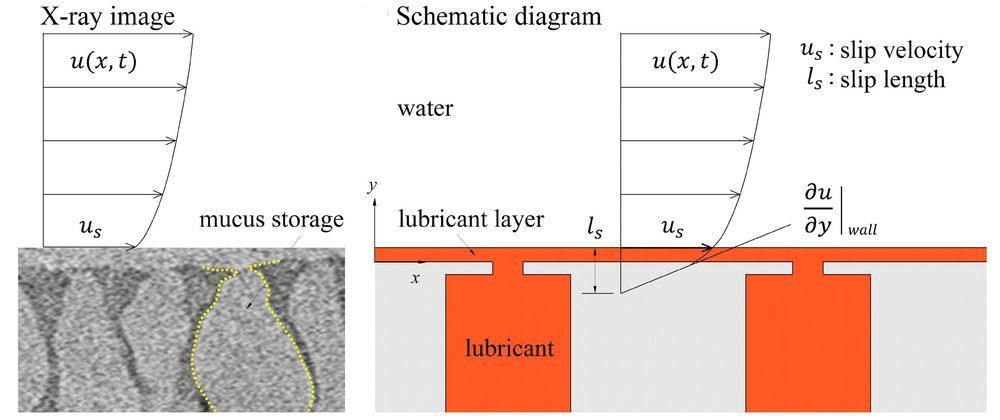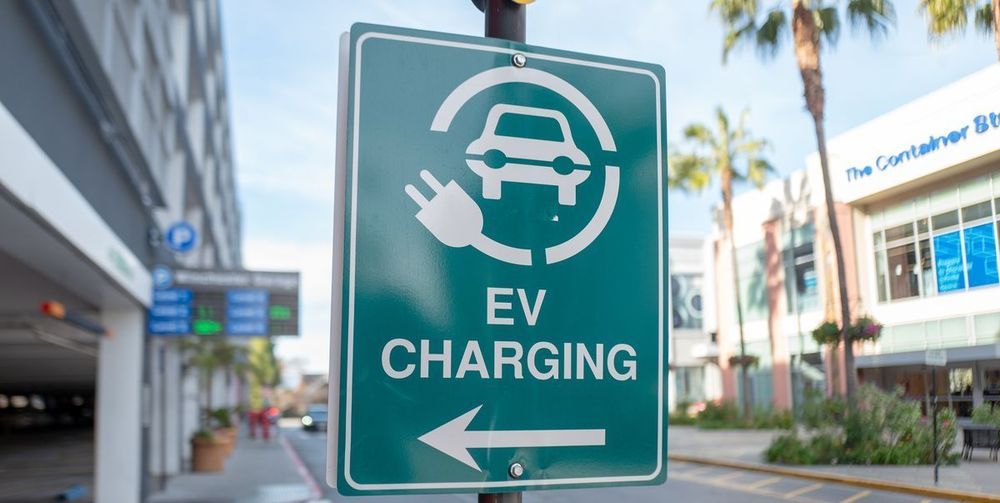Scientists typically prefer to work with ordered systems. However, a diverse team of physicists and biophysicists from the University of Groningen found that individual light-harvesting nanotubes with disordered molecular structures still transport light energy in the same way. By combining spectroscopy, molecular dynamics simulations and theoretical physics, they discovered how disorder at the molecular level is effectively averaged out at the microscopic scale. The results were published on 28 September in the Journal of the American Chemical Society.
The double-walled light-harvesting nanotubes self-assemble from molecular building blocks. They are inspired by the multi-walled tubular antenna network of photosynthetic bacteria found in nature. The nanotubes absorb and transport light energy, although it was not entirely clear how. “The nanotubes have similar sizes but they are all different at the molecular level with the molecules arranged in a disordered way,” explains Maxim Pshenichnikov, Professor of Ultrafast Spectroscopy at the University of Groningen.



